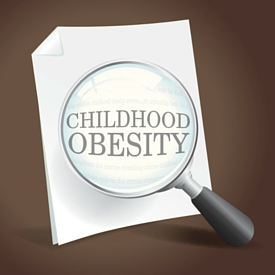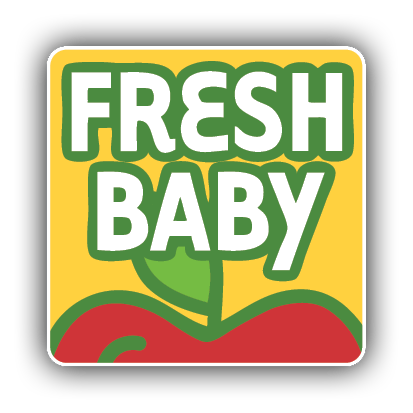
The good news is obesity rates among preschool-aged children decreased in 19 states slightly from 2003 to 2010. The bad news is 1 out of every 8 preschoolers in the United States is obese.
Obese and overweight children are 5 times more likely than children within a normal weight range to become obese adults. The lifelong physical and mental struggles related to excess weight include:
- Coronary heart disease
- Type 2 diabetes
- Cancers (endometrial, breast, and colon)
- High blood pressure
- Heart disease
- High cholesterol
- Stroke
- Liver and gallbladder disease
- Sleep apnea and respiratory problems
- Osteoarthritis
- Gynecological problems (abnormal menses, infertility)
- Depression
- Low self esteem
- Social discrimination
The American Medical Association began classifying obesity as a disease in 2013. As with many diseases, lifestyle changes can prevent the onset. Obesity is the result of eating too many calories and not getting enough physical activity.
An adult or child with a body mass index (BMI) of 25 or higher is considered overweight. An adult or child is considered obese if they have a BMI of 30 or higher. For more information, read Know Your Child’s BMI.
Overweight Trends Among Children:
Approximately 17% (or 12.5 million) children and adolescents aged 2—19 years are obese. Since 1980, obesity prevalence among children and adolescents has almost tripled.
Center for Disease Control and Prevention’s top priorities for fighting obesity:
- Decrease TV viewing time
- Increase physical activity
- Increase consumption of fruits and vegetables
- Decrease consumption of sugary drinks
- Increase breastfeeding rates
Source: Center for Disease Control and Prevention
Junk Food Trends:
- Between 1977 and 2006, children of all ages increased their caloric intake from snacks by an average of 168 calories per day, up to a total of 586 calories.
- Children, including very young children, eat snacks almost three times a day.
- The most popular types of snacks children eat are salty, fatty snacks like chips, crackers and candy.
Source: University of North Carolina
Read Junk Food Juveniles for more information.


